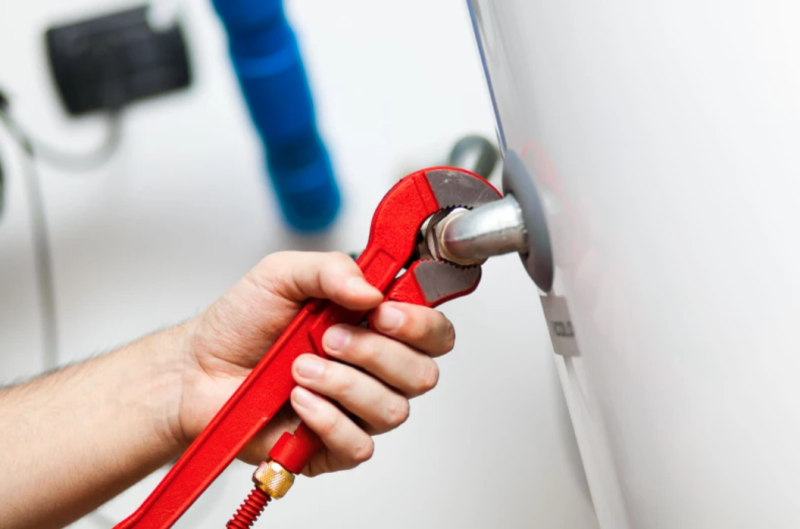Mould is part of the natural environment. Outdoors, it plays a role in nature by breaking down dead organic matter such as fallen leaves and dead trees.
Indoors, it’s another story. Mould is something to be prevented and avoided for all the harm it can do to your home and health.
Here’s where to look, and what to look for, to help keep mould out of your home.
- The Dishwasher. Check for leaks under the sink where the hose connects to the water supply. Look around the base of the dishwasher for evidence of leaks, such as discoloured, warped or soft flooring materials, or water damage to nearby cabinets.
- The Refrigerator. If your refrigerator has an icemaker, make sure the hose connection is securely attached to the water supply line. Also, a wet spot on the floor may be a sign of a crimped icemaker line about to burst.
- The Sink. Replace deteriorated caulk around sinks and check the pipes underneath for leaks. A slow-draining pipe may indicate a partially blocked drain that needs cleaning.
- Showers and Bathtubs: Remove and replace deteriorated or cracked caulk and grout. Water from a broken supply pipe behind the wall can leak through damaged sealants and bring about stained or soft walls and flooring.
- Toilets: Clogs can result from too much toilet paper or objects such as hanging bowl deodorants. Also, some chlorine tablet cleaners may corrode internal plastic or rubber parts, leading to a leak.
- Water Heater: Wet spots on the floor – or ground – or a rusted tank may signal an internal leak.
What’s the common theme here? Water leaks! If you spot them or any signs of a leak, have them repaired immediately. Another way to prevent leaking pipes, fixtures, or appliances is with an annual whole-house plumbing inspection from Swan’s Complete Plumbing. It’s a great way to keep your plumbing in top working order which, in turn, helps prevent repair problems and mould growth. Contact us today or any time to schedule service.



